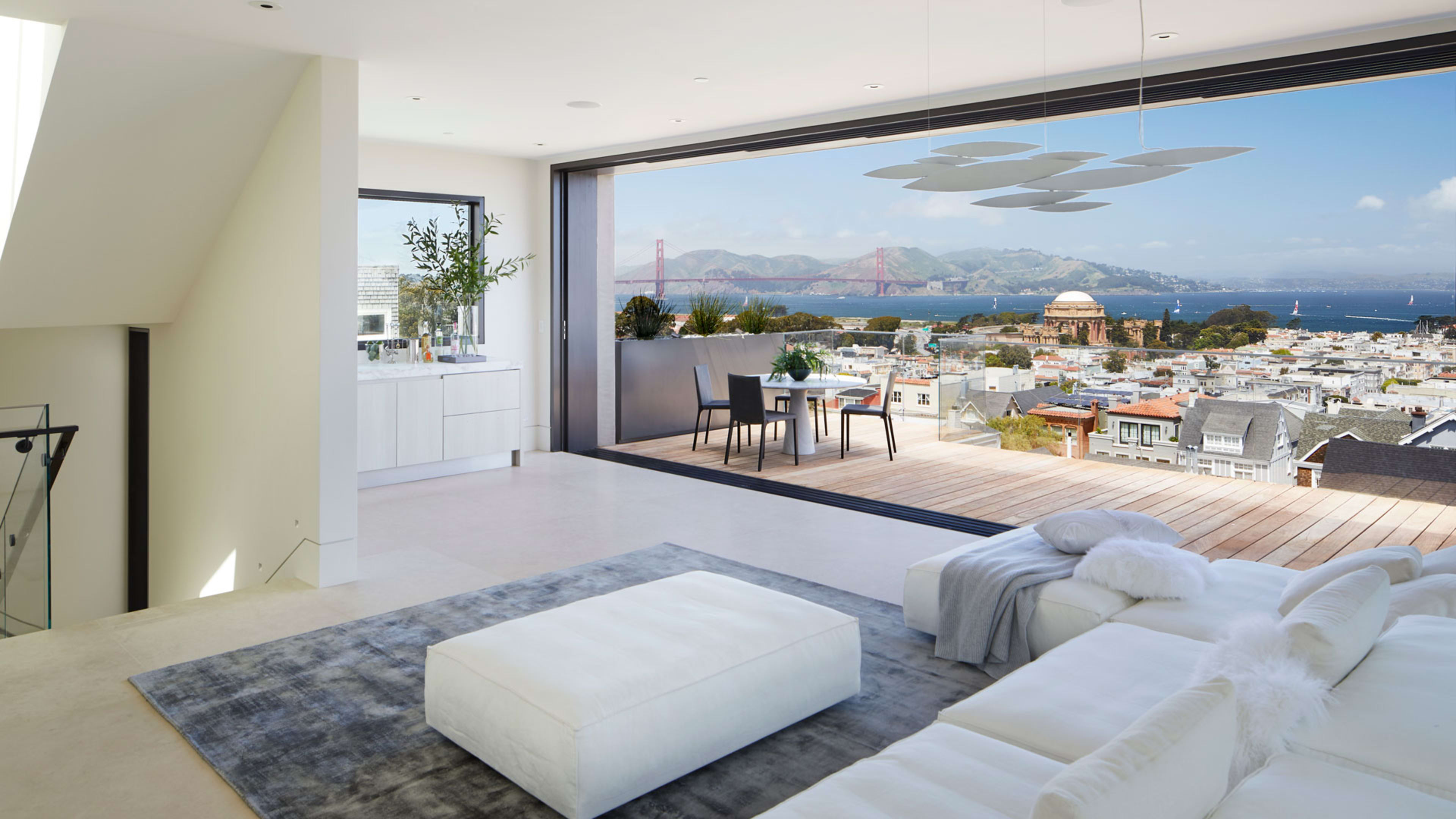Over 35% of American adults don’t get enough sleep, while 44% say their snooze got worse in the past five years. Is it any wonder our society has fetishized rest? The national “sleep epidemic” has inspired legacy brands and startups alike to hawk gadgets, tonics, trackers, “coaches,” and smart mattresses. The U.S. sleep aid market is expected to grow to over $100 billion by 2023.
Sleep, much like other health and wellness categories, has become something of a status symbol, a signifier of wealth, something that you spend money on to fix (as compared to the rest of us, for whom it just means what happens when you collapse out of exhaustion after a long day at work or taking care of children).
So it’s no surprise that the ever-elusive slumber has been embraced by entrepreneurs, including real estate developers. It makes sense: If you spend a third of your time sleeping at home, shouldn’t it be fully optimized for snooze?
Troon Pacific, a San Francisco-based development and investment management company, is leading the trend by designing luxury sleep-enhanced homes. It takes into account all construction, design, and materials to give clients a solid sleep—from insulating walls to reducing noises like humming and vibrating, filtering the air, and keeping temperatures consistent throughout the night.

Troon Pacific is one of several players in the home wellness sector, which includes $800 million startup Delos, known for selling “Well” building certifications to developers. It’s expected to be a rapidly growing consumer market: According to a recent survey commissioned by home wellness subscription service Second Nature, 99% of Americans desire a healthy home but 62% admitted they don’t do a good enough job achieving it.
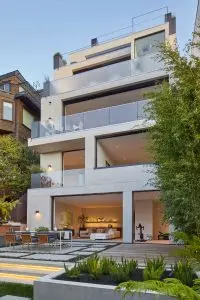
Twenty years ago, Troon was more associated with sustainability, known for building a number of LEED Platinum-certified residences. The company even built the most sustainable home in America in 2008. It still practices sustainable building, but that specialty morphed into other environmentally friendly issues, such as air and water quality.
Once Troon Pacific started working on how to best mitigate the use of carcinogens and chemicals in building materials, the company started to think about how else it could impact health. “We realized there’s lots we could do in the course of construction that helps with sleep,” says Malin.
To start, there’s an emphasis on enforcing quiet. Troon Pacific insulates areas that typically aren’t insulated. A lot goes into acoustic reduction, including the use of sound-reducing drywall over plumbing lines and walls, bathrooms, and sleeping areas.
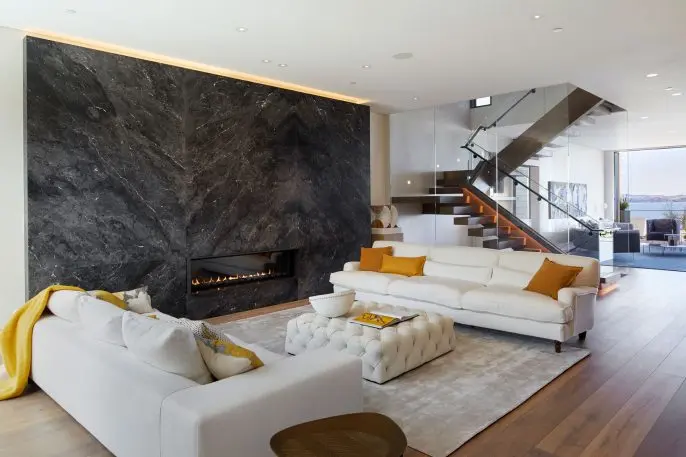
(For those who want a bit of sound? The master bedrooms, bathrooms, and showers boast built-in speakers with calming music, guided meditation, or white noise.)
Many of these adjustments are invisible to the naked eye. For example, Troon installs an air barrier beneath the concrete slab of a house foundation. Under the barrier lies an active ventilation system that prevents pollution and other toxins from permeating the house.
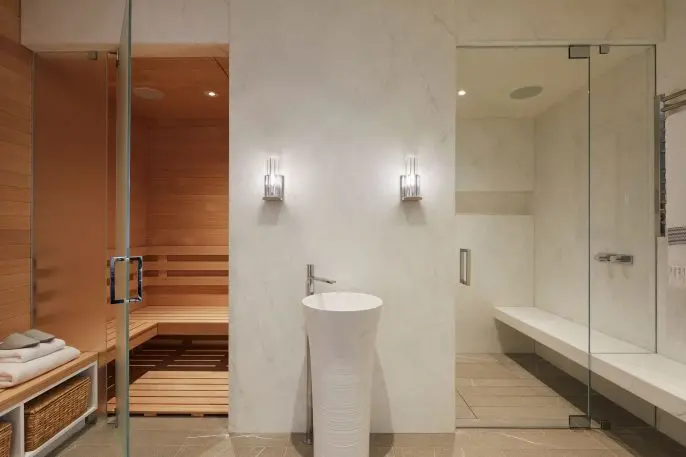
“We’re trying to invest in ways that people don’t typically expect, and in a way to help enhance lives,” says Malin.
To minimize exposure to electromagnetic fields, which can impede the production of melatonin and affect the body’s circadian rhythm, all bedroom walls include shielded cables no less than 10 feet from where beds will be placed. Troon Pacific also plugs a Wi-Fi system onto POE (Power Over Ethernet) switches, which is then controlled by a home system. The idea is that when you turn the lights off for the evening, it also turns off the Wi-Fi signals.
“We don’t need Wi-Fi on when we’re sleeping. Why have that going through our heads?” says Malin. “These are little things that we could think of that may help [one’s health].”
Dream (friendly) design
Buyers don’t have to go the spa to relax. A Troon Pacific home features a designated “wellness area” meant to induce pre-snooze calm. This includes a number of concepts, such as an oversize outdoor bath, yoga deck, detoxifying sauna, massage room, or meditation area.
“We want this to be an escape from urban living,” stresses Malin.
One major component of each home is integrated nature. A typical indoor space—like a TV den—is built completely outdoors, or an al fresco theatre might boast hanging plants and outdoor fire pits. Some light fixtures are composed of organic materials like coral. And there’s always an element of water, specifically the soothing sounds of a fountain.
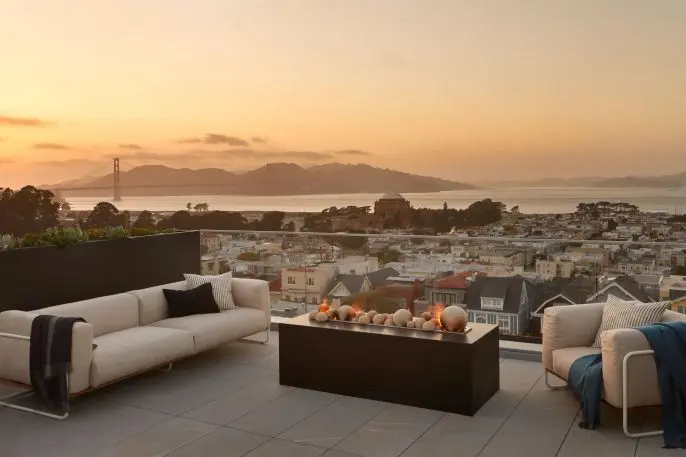
“It just absorbs light differently, it’s less reflective and therefore disarming and meditative,” explains Malin. The company usually relies on natural stone and wood, as well as visible grains. “We’re really sensitive about how design comes together in a way to maximize light.”
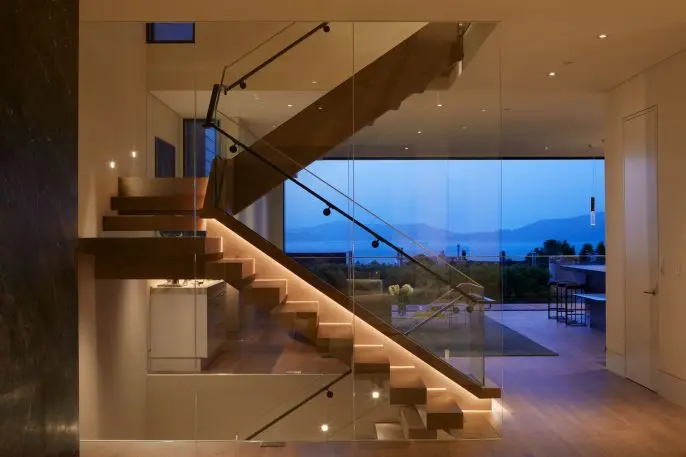
Related: Utopic Wellness Communities Are A Multibillion-Dollar Real Estate Trend
Troon Pacific has only built six sleep-enabled homes to date but intends to add more inventory as demand grows. There’s an increasing awareness among consumers as to how one’s home environment impacts sleep, especially in markets like China or India where issues like air quality are common. Others specifically seek out homes made for better living.

But for the most part, Troon Pacific sees itself leading the industry. It’s still early for the sleep-enhanced real estate sector, although consumers seem eager for anything and everything that promises more shut-eye. As Malin says, “I would say for the most part, we’re educating the market.”
Recognize your brand’s excellence by applying to this year’s Brands That Matter Awards before the early-rate deadline, May 3.
